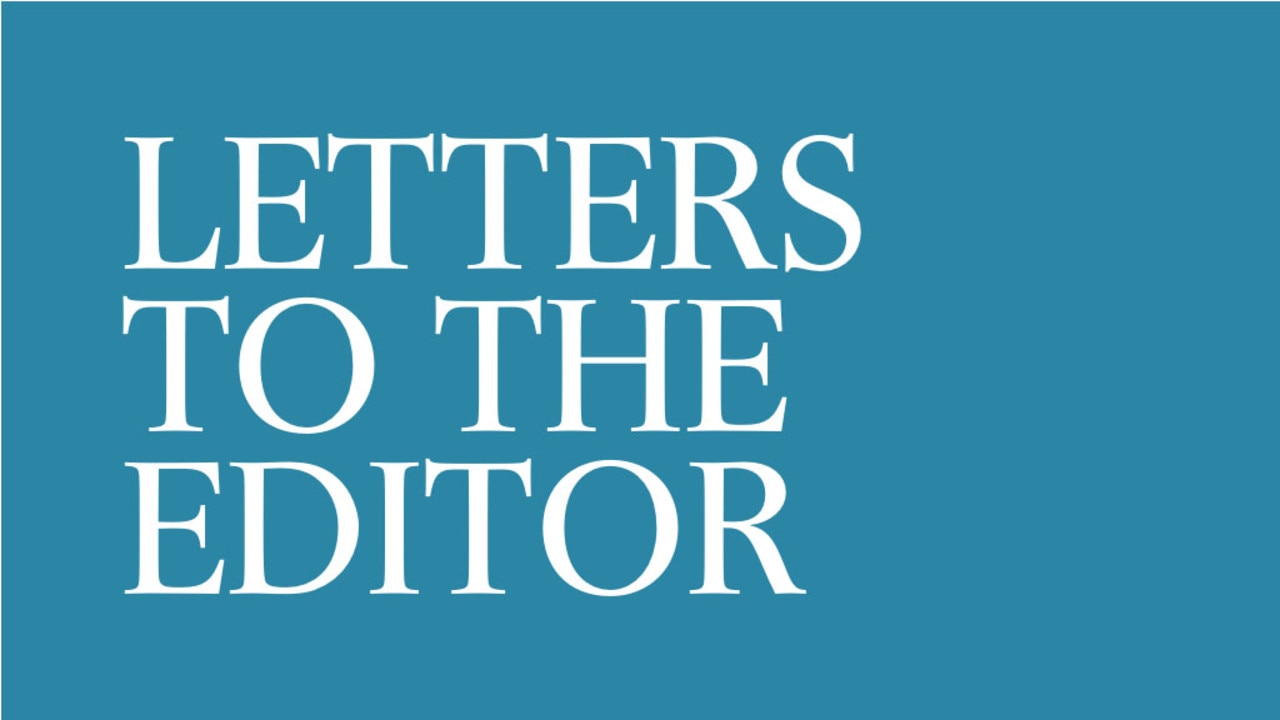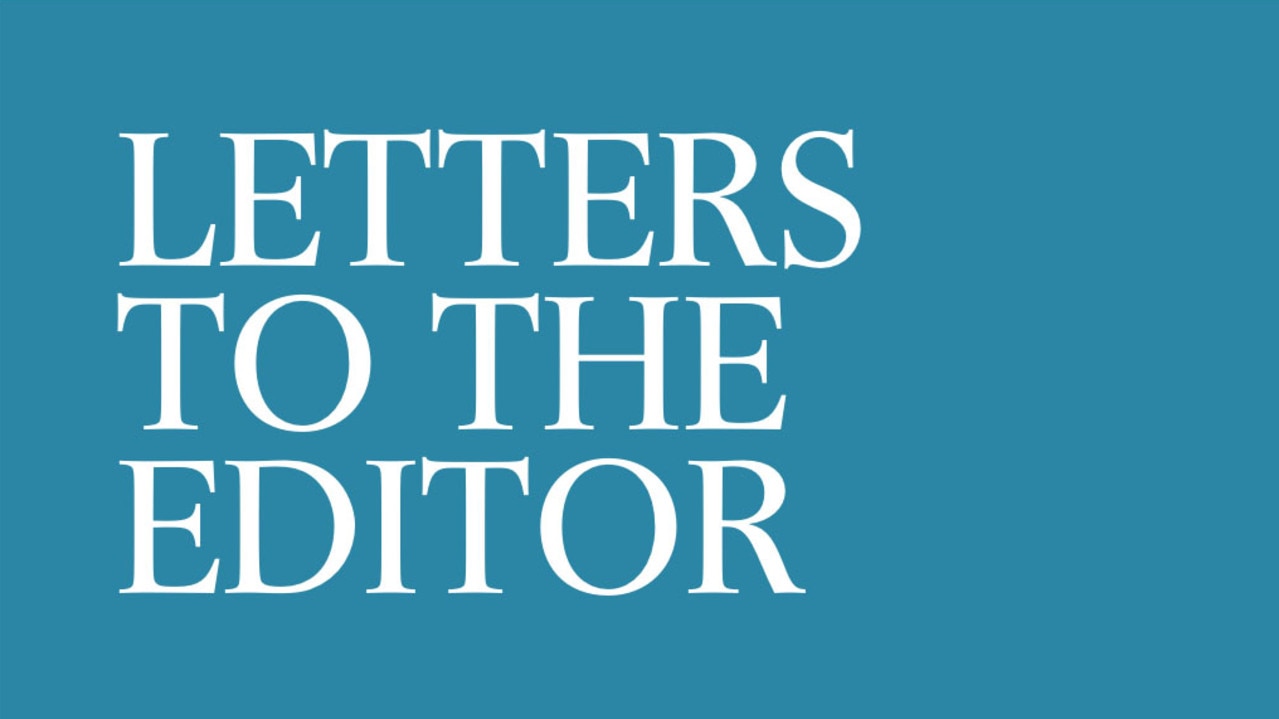It’s the quality of the teacher in the classroom that counts
I agree with the concerns raised by Ben Jensen and Mailie Ross (“One million left behind”, 3-4/9) and hope this alarming prognostication regarding the life chances of our young people will not eventuate. However, one issue that was not addressed is the universally acknowledged truism that the quality of the teacher in the classroom is the single most important factor in successful student engagement and learning.
Consider the difference at a year level where one class is taught by an experienced, well-qualified and knowledgeable teacher and another by a teacher working out of area, qualified at the lowest level and who cannot distinguish between it’s and its in a sentence. Both teachers may well be paid at the same rate, but what they offer the students in the way of expertise is vastly different and may amount to disadvantage for the latter class.
High-quality support and instructional materials are all very well, but you also need the right person to deliver the curriculum. What has become entrenched is the devaluation of the profession, its attrition and burnout rate, the expectation that schools do all the parenting, the proliferation of consultant groups that tell teachers what they should be doing despite having little idea of the challenges of the classroom and the increased reference to data analytics.
Resolving the curriculum conundrum will take leadership and some new and compelling thinking about how and who comes into the teaching profession so that it is re-energised to help build the capacity and agency of the next generation of students.
Ann Rennie, Surrey Hills, Vic
As revealed in “Literacy essential for job training” (3-4/9), the secret is out at last. Despite the vast increases in education funding ($37bn by 2020), smaller classes, and increased pre-schooling, the ability to read or write is declining.
It is obvious why the teachers’ union tried to cancel exams; 10 years of declining NAPLAN results reveal that their progressive teaching techniques and ideological curriculums have condemned a large proportion of the next generation to a limited future because of illiteracy. The circle is now complete as 10 per cent of student teachers, who are admitted to university with ever-declining standards, are also illiterate at the end of their course and require remedial classes.
Starting preschool earlier has not been beneficial elsewhere, and is the expensive non-solution here. It is time to improve the selection and status of teachers, and return to traditional teaching methods – which worked in the past, and continue to work in other countries. It is also necessary to reintroduce classroom discipline and a curriculum focused on education not indoctrination.
Graham Pinn, Maroochydore, Qld
It is of little surprise that our education system favours lowering the standard for disadvantaged students in an attempt to create equity. For that is how Critical Theory works, whether in our schools, universities, courts or indeed our parliament. And it is even less surprising that this action creates real inequality (“Four reforms to close the education inequality gap”, 3-4/9). For only in a university classroom could lower standards for some, look like a good plan. Critical Theorists may believe the existence of winners and losers to be an unacceptable part of an oppressive system, but in fact, it is an inevitable part of a world in which hard work, capacity and focus triumph. Which ultimately means we all win.
It’s time to tell our children that ability, whether academic, artistic, athletic or artisanal, is unevenly, and even unfairly, distributed. That the best we can do for them is to set high standards, expect hard work, and help them achieve their best selves. That we must assess their competence and at times deliver unwelcome news. And that there really are winners and losers. Otherwise, we all lose.
Jane Bieger, Gooseberry Hill, WA
Yet again cartoonist Johannes Leak demonstrates the old adage, “a picture is worth a thousand words” (3-4/9). Against a backdrop of a brick wall adorned with graffiti, “Literary crisis”, schoolboy tells schoolgirl, “The writing is on the wall”, to which girl replies, “Any idea what it says?”. My only quibble is that, while surveys show boys as more prone to illiteracy, it is the girl who needs the graffiti’s translation.
John Kidd, Auchenflower, Qld



To join the conversation, please log in. Don't have an account? Register
Join the conversation, you are commenting as Logout